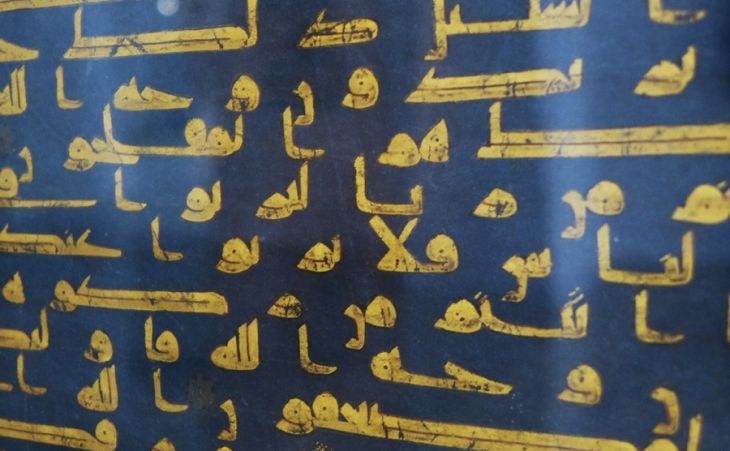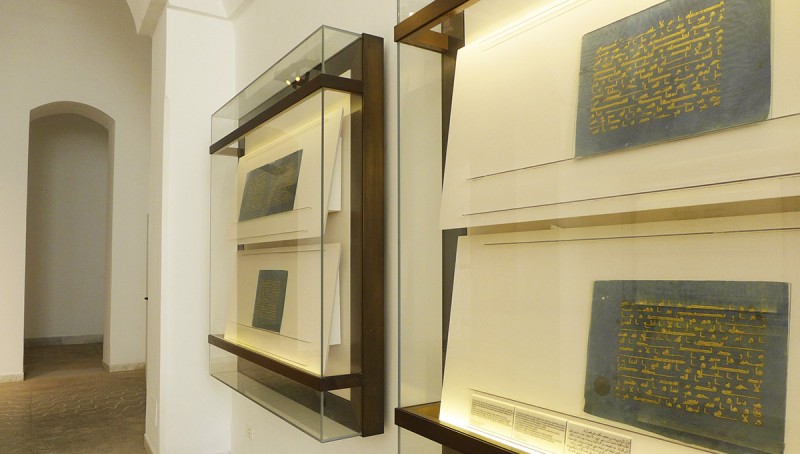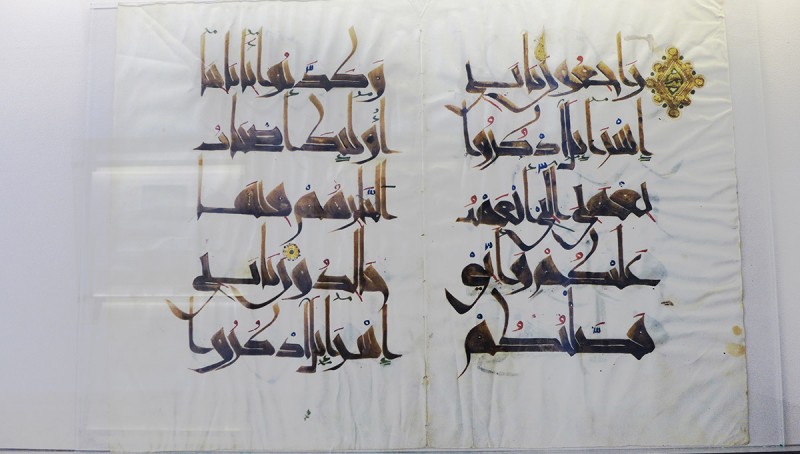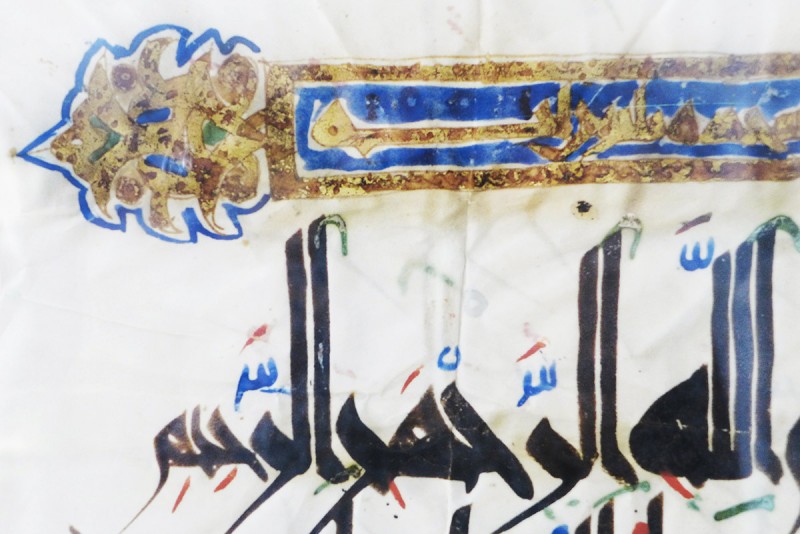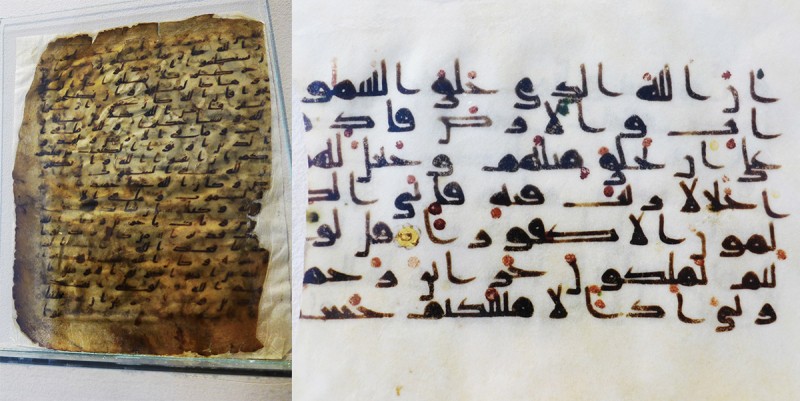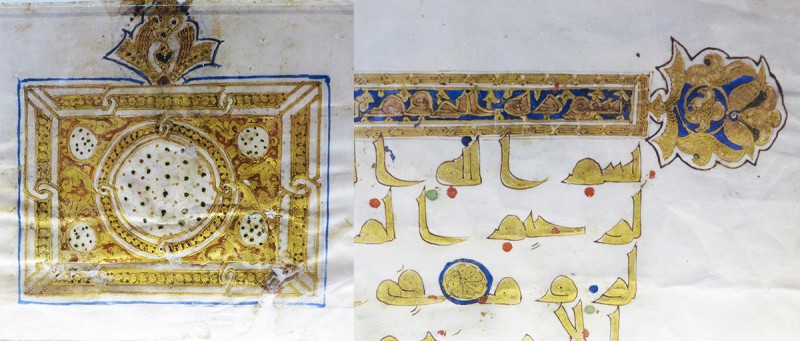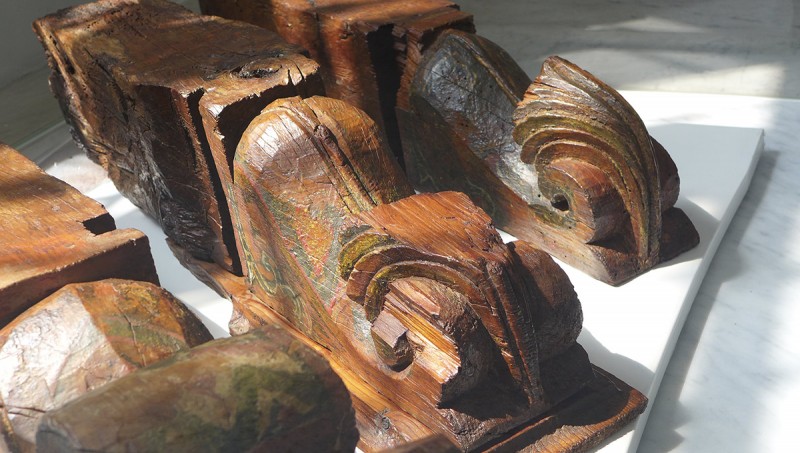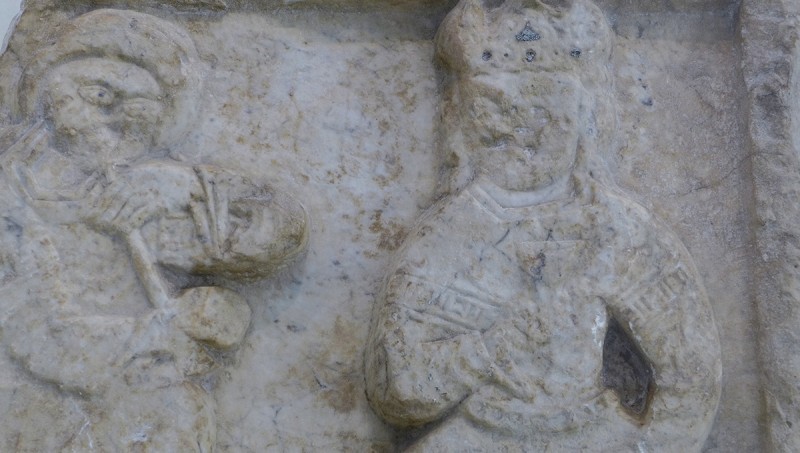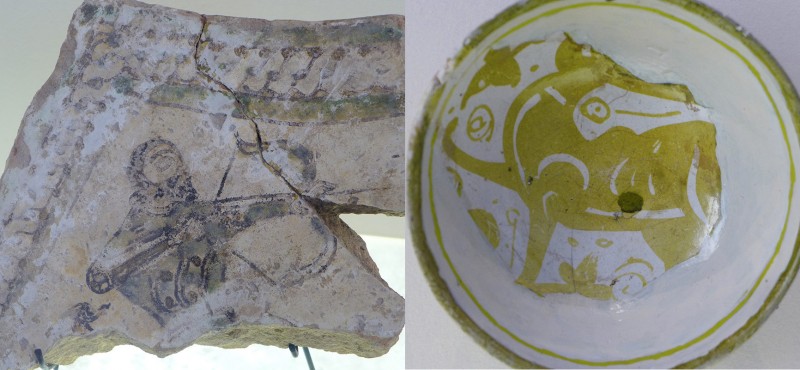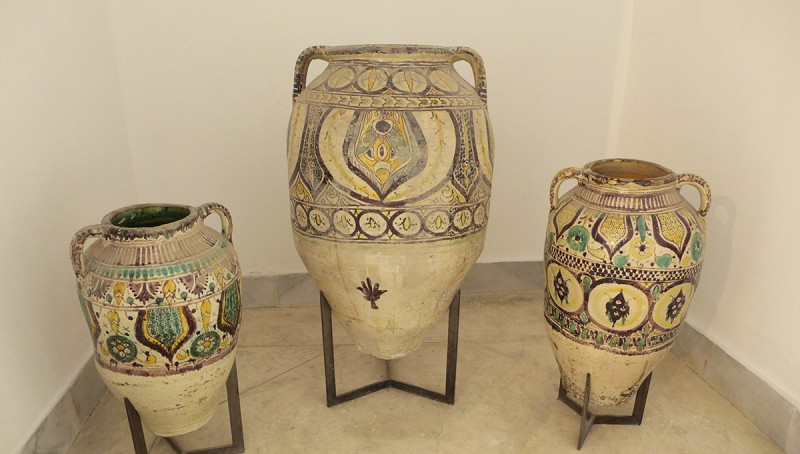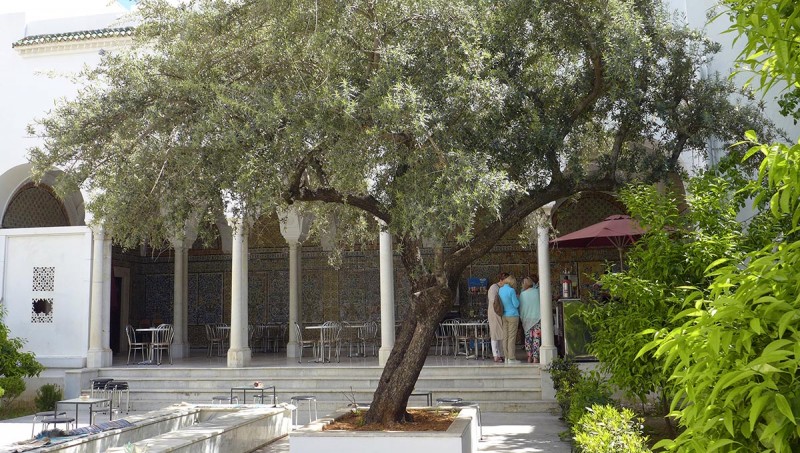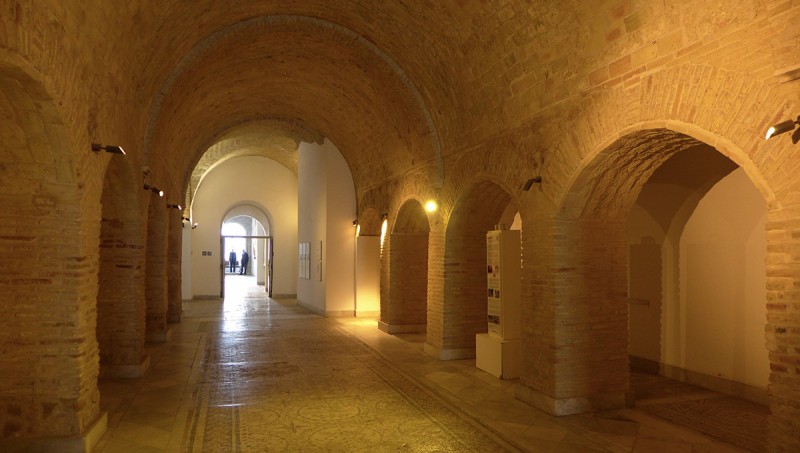Precious ancient manuscripts, such as the famous Blue Quran, were returned to public display. A good opportunity to visit the part of the Bardo Museum devoted to the Islamic heritage of Tunisia.
Rare and precious objects are once again exposed in the National Museum of Bardo. The re-opening of the Room of Kairouan is an opportunity to discover the collection of the Islamic Department.
The Room of Kairouan
The Blue Koran
The Bardo Museum proudly owns five pages of one of the gems of Tunisian heritage: the Blue Quran. This famous manuscript, made in Tunisia (probably in the Xth century) was calligraphed in golden letters on a fine indigo-dyed parchment.
Other sheets from this manuscript are on display at the Raqqada Museum (Kairouan).
The Nurse’s Quran
This manuscript was bequeathed to the Grand Mosque of Kairouan in 1020 by a woman named Fatima, who was the palace intendant and the nurse of the young emir Badis.
It had six thousand 60-cm high pages and was kept in a big chest.
It is stated on the front page that it was made by another woman named Dorra; but it is not known whether she really calligraphed the text or she supervised the work.
Manuscripts from the VIIIth century
These Koranic manuscripts were calligraphed in a very old script, the Hijazi.
Calligraphy and arabesques
Left: front page of a Koran. Right: detail of a sura (the title and the number of verses are mentioned within a decorated frame).
Carved and painted wood
Ancient wood fragments from monuments of Kairouan have been preserved over the centuries as renovations and transformations were carried out.
Room of Mahdia, Room of Tunis
While the Room of Kairouan refers to Islam’s beginnings in Tunisia (647-909), the Room of Mahdia gather exhibits dating back to the Fatimid and Zirid dynasties (909-1050). The Room of Tunis is devoted to later periods.
Room of Mahdia
The splendour of Fatimid princely courts appears in this room: music and cup of wine, pleasure of hunting, precious tableware…
Room of Tunis
Many ancient ceramics are on display in the Room of Tunis, which is still adorned with fragments of the first decoration of the palace (built in the XVth century).
The museum’s café
Take a break befitting a prince after your visit: the Islamic Department opens onto the museum’s café within a delightful Andalusian garden.
The Islamic Department is located on the ground floor of the museum, at the right side of the beautiful vaulted hallway.
